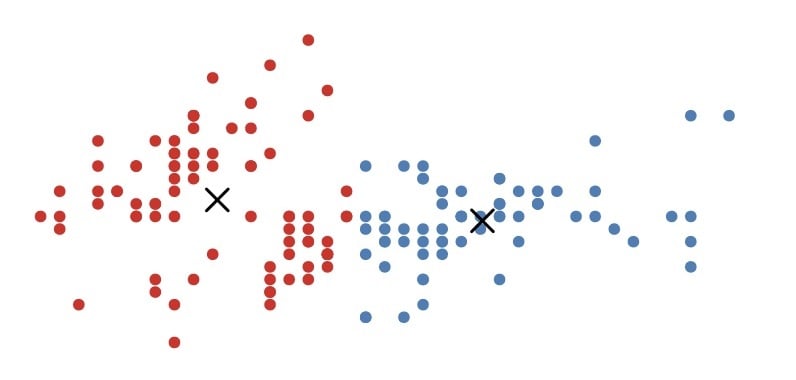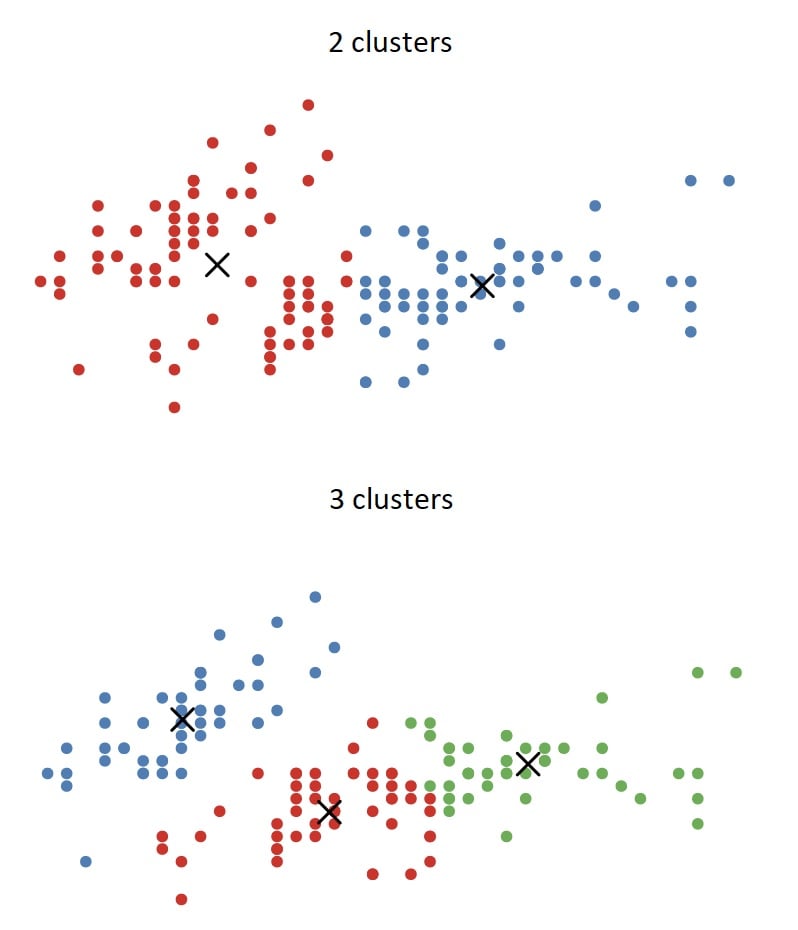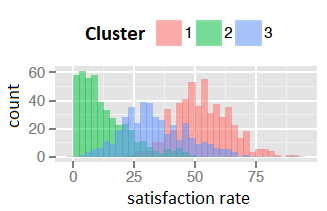Getting insights from the data
Data Literacy Case Study: Remote Working Analysis

Maarten Van den Broeck
Senior Content Developer at DataCamp
Cluster analysis
- Common descriptive and exploratory technique
Goal: find naturally occurring groups in the data
Possible applications:
- Customer segmentation
- Making a classification
- Identifying subgroups
Two main steps:
- Finding the optimal number of groups
- Investigating the characteristics of each group

Finding the optimal number of groups
- Calculation of the optimal solution
- Domain knowledge: experts/business
- Not always an exact solution!

Characteristics of the groups
- How are they different?
- Common characteristics between a subset of groups
- Variables of interest

Let's practice!
Data Literacy Case Study: Remote Working Analysis

